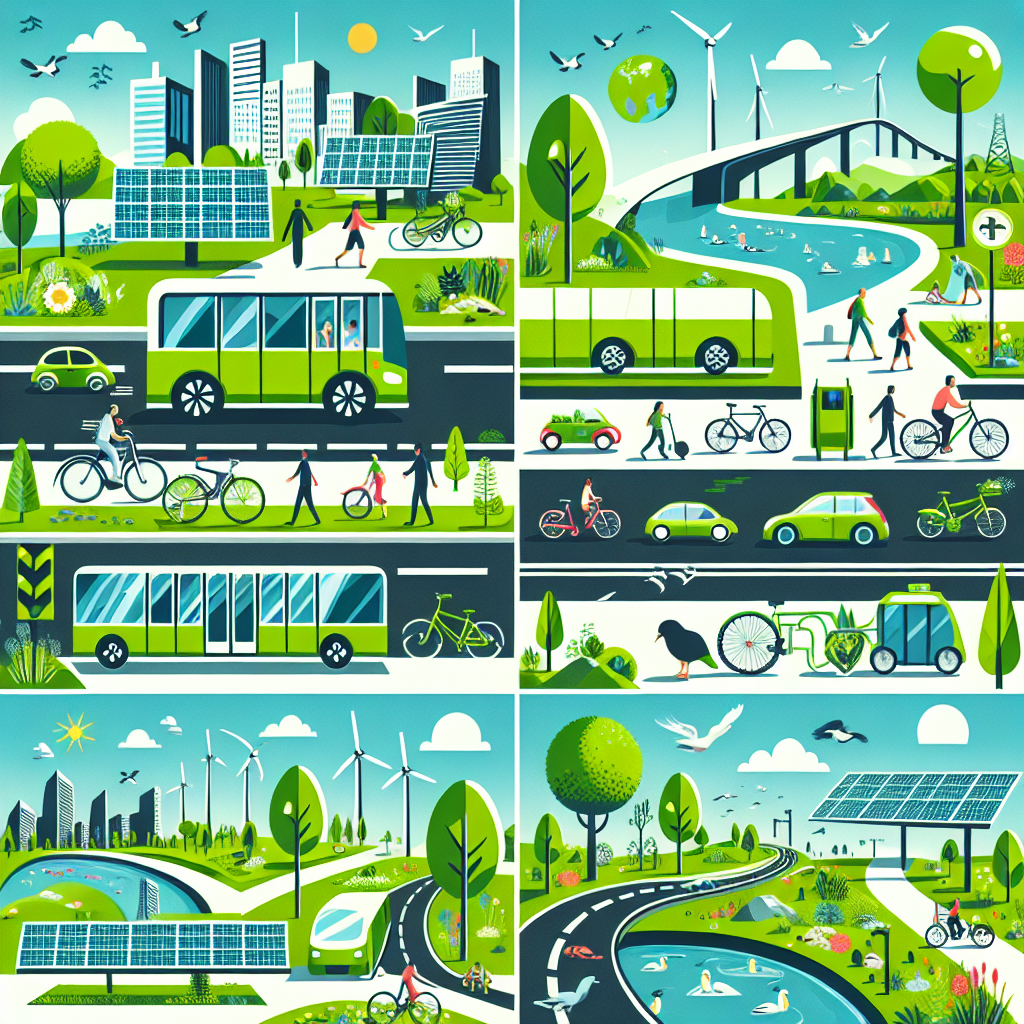In recent years, ride-sharing services have become increasingly popular as a convenient and cost-effective way to get around. Companies like Uber and Lyft have revolutionized the way we think about transportation, but what is the environmental impact of these services? Can sustainable travel truly be achieved through ride-sharing?
One of the main arguments in favor of ride-sharing services is that they can help reduce the number of cars on the road, leading to lower emissions and less traffic congestion. By sharing rides with others, individuals can reduce their carbon footprint and contribute to a more sustainable transportation system. This is especially true in urban areas where public transportation may not always be convenient or reliable.
Another benefit of ride-sharing services is the potential for using green vehicles. Many ride-sharing companies are now offering options for riders to choose electric or hybrid vehicles, further reducing emissions and promoting eco mobility. By opting for a green vehicle when booking a ride, passengers can actively support sustainable travel practices and help protect the environment.
In addition to reducing emissions and promoting green vehicles, ride-sharing services also have the potential to improve air quality in cities. By encouraging carpooling and reducing the overall number of vehicles on the road, these services can help decrease pollution levels and create healthier environments for residents. This is particularly important in densely populated areas where air quality can be a major concern.
Despite these benefits, there are also some concerns about the environmental impact of ride-sharing services. For example, some critics argue that these services may actually increase overall vehicle miles traveled, leading to more congestion and emissions. Additionally, there are questions about the sustainability of using large fleets of vehicles for commercial purposes.
To address these concerns and promote sustainable travel practices, it’s important for ride-sharing companies to continue investing in green technologies and alternative modes of transportation. This could include expanding options for electric or hydrogen-powered vehicles, as well as integrating public transit systems into their platforms. By working together with cities and communities, ride-sharing companies can help create more eco-friendly transportation solutions that benefit everyone.
Ultimately, the environmental impact of ride-sharing services depends on how they are implemented and used by consumers. By choosing green vehicles, carpooling whenever possible, and supporting initiatives that promote sustainable travel practices, individuals can make a positive difference in reducing emissions and protecting our planet. Sustainable travel is not just a buzzword – it’s a necessary step towards creating a cleaner, healthier world for future generations.

Leave a Reply